Ancient Egypt archaeologists find 30 mummies in a fire-scorched sacrificial chamber
Hidden within a fire-scorched structure near the Nile River in Aswan, Egypt, archaeologists discovered the entrance to a 2,000-year-old family tomb. Inside, they found 30 mummies of various ages, including several arthritis-ridden elderly people, as well as children and a newborn.

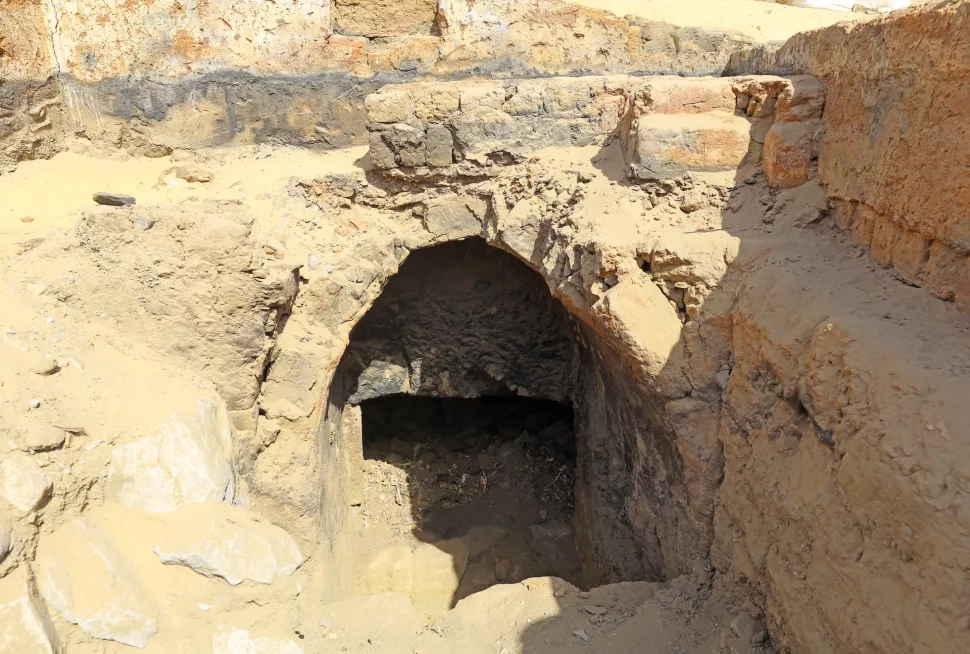

Though the archaeologists have yet to date the tomb, they suspect a single family buried their dead in it over generations spanning the Ptolemaic and Roman periods (the first century B.C. to the second or third century A.D.)
According to Patrizia Piacentini, a professor of Egyptology and Egyptian Archaeology at the University of Milan, who was co-director of the excavation.

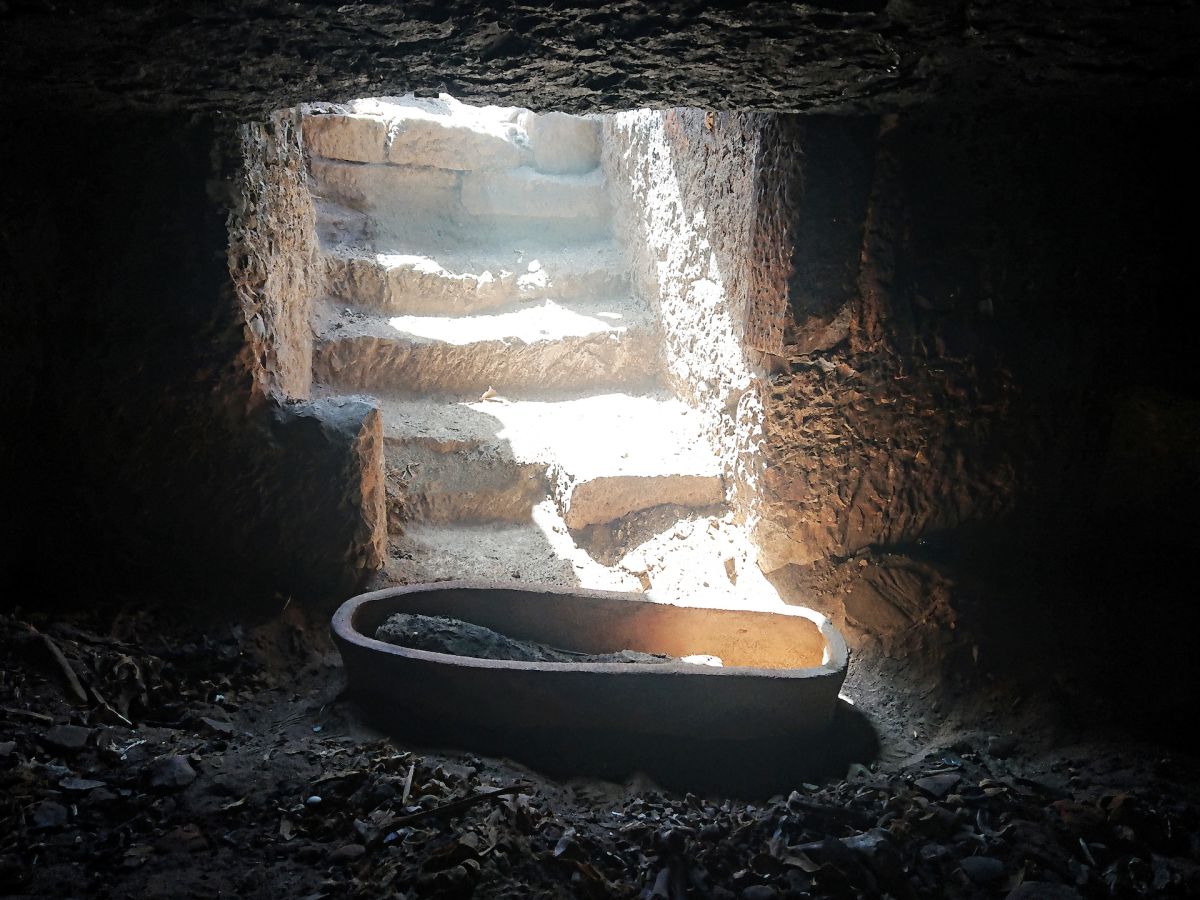
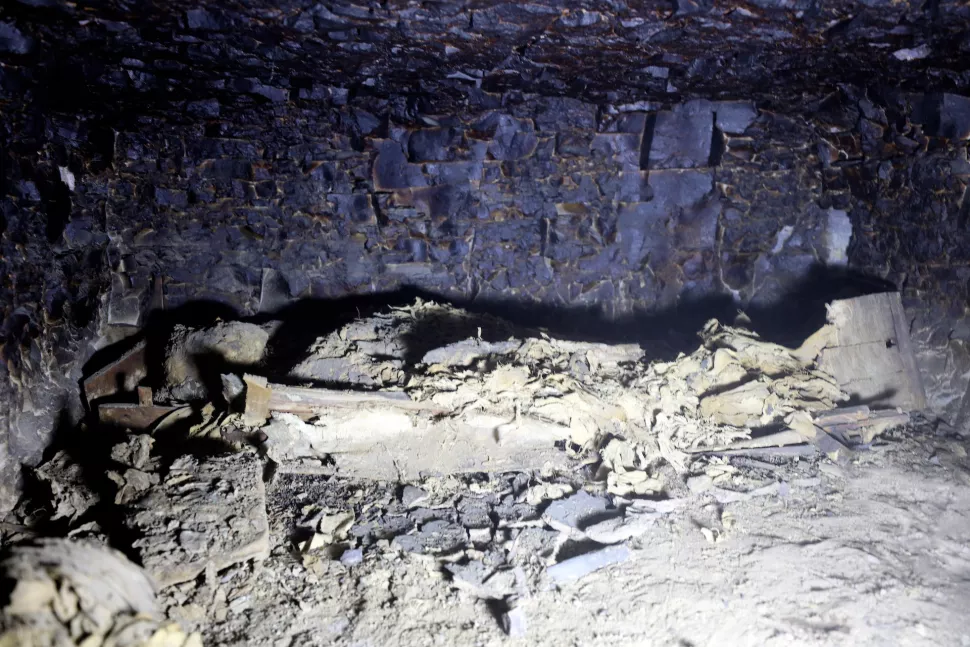
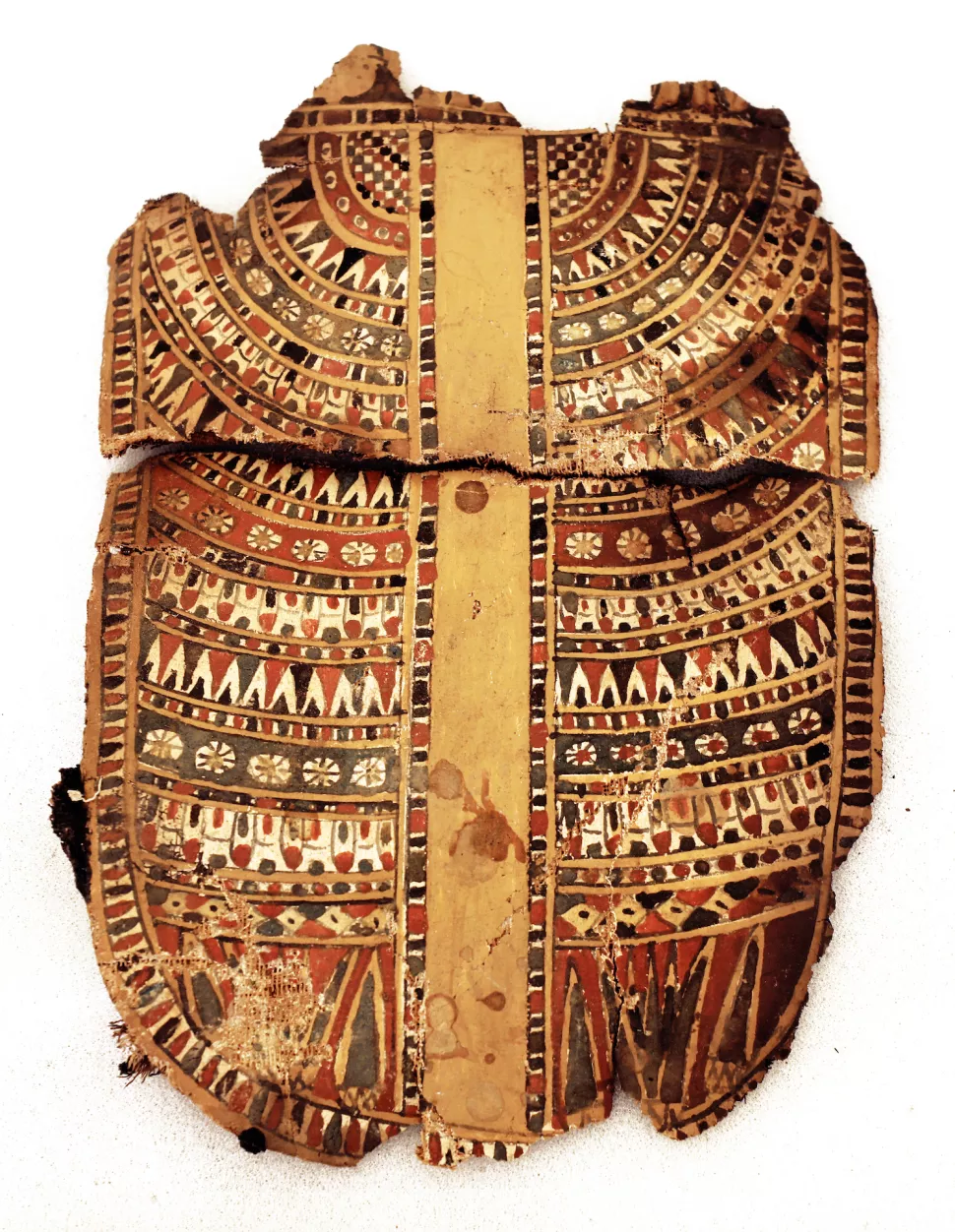
This new tomb is one of more than 300 recently discovered surrounding the Mausoleum of the Aga Khan, a pink granite structure built in the 20th century that sits on top of a slight hill along the Nile River.
But while most of the other tombs were found underground or dug into rocky hills, this particular tomb was unique in that it was found inside a larger above-ground structure, which the researchers think was likely used as a place of sacrifice.
“It seems that, due to its position along a valley of access to the necropolis, this building was used as a sacred enclosure where sacrifices were offered to the god Khnum in the form of Aries, creator god and protector of the fertile floods of the Nile, particularly revered in Aswan,” Piacentini told Live Science. “Who better than he could have propitiated the eternal life of those who rested in this necropolis?”


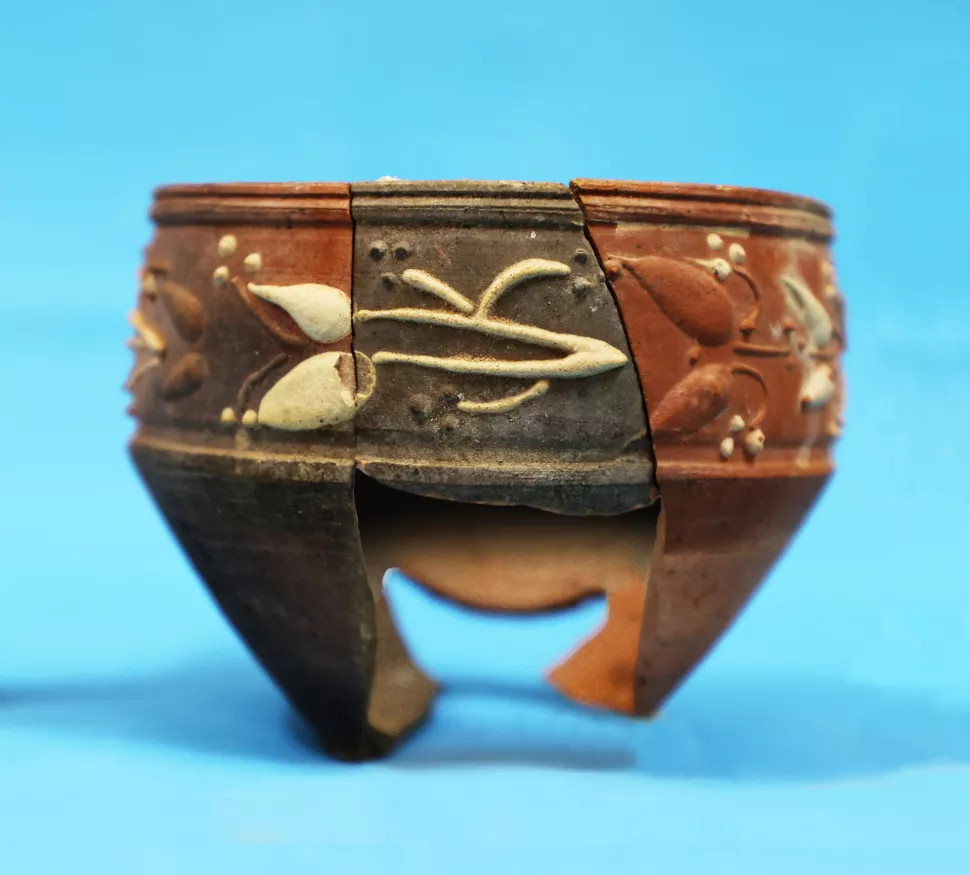


Further supporting its use as a place of sacrifice, Piacentini and the team discovered signs of fire on the structure walls possibly from offering ceremonies; but some of the fire marks may have also been made by grave robbers, she added. Either way, inside that burned structure, they discovered animal bones, plant remains and offering tables.
Also hidden inside was a mummy of a man next to a copper necklace engraved with his name “Nikostratos.”
At the bottom of a staircase leading to the tomb entrance — which had been dug out of the rock —, they found a broken offering vase that still contained small fruits. The tomb, which was made up of four deeply-excavated chambers, contained the remains of around 30 mummies.
Some of the mummies were very well preserved, such as the remains of a child tucked inside a terracotta sarcophagus, while others had their bandages and cartonnage, a material ancient Egyptians used to wrap mummies, cut by ancient robbers.
The researchers also discovered a knife with an iron blade and wooden handle that may have been used by the plunderers. The researchers also say that Nikostratos was likely once inside the tomb with the other 30 mummies, but was taken out by the robbers.
The excavation was a joint venture between the Aswan and Nubian Antiquities Zone in Egypt and by the University of Milan in Italy; the researchers are continuing to analyze and date the finds.
“The study of the newly discovered structure is just beginning,” Piacentini said.





